Results
-
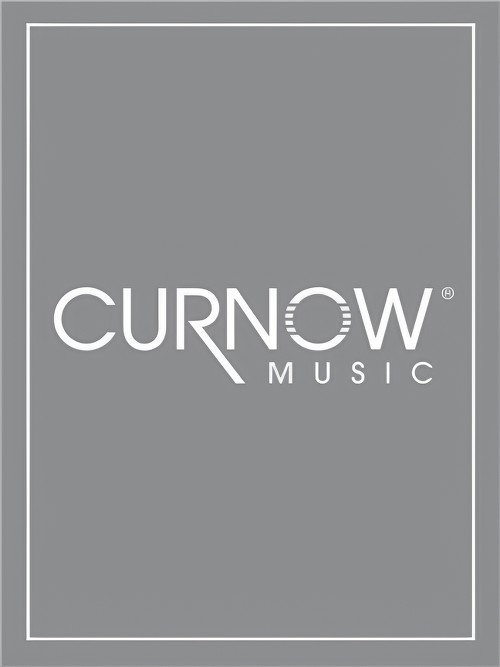 £69.99
£69.99Bay Town Festival (Concert Band - Score and Parts) - Hannickel, Mike
The city of Salvador, Brazil is also known as Bahia. From 1549 to 1763 this bay was the capital of the Portuguese colony of Brazil and is located 800 miles northwest of Rio de Janeiro on the Atlantic Ocean Bay of All Saints. Take your band on a trip to a party at the town known as Bahia!Duration: 2.45
Estimated dispatch 7-14 working days
-
 £113.30
£113.30Moderate Dances - Angelo Sormani
This piece is a tribute to dance music, especially passionate, intense and meditative dance music. "Moderate Dances" is divided into three movements: a "Tango", a "Slow Waltz" and a "Bossa Nova". Each movement and each dance has its own particular characteristics but, when combined, these different rhythmic beats and times give the piece a feeling of completeness and uniformity. The Tango started to flourish in the suburbs of Buenos Aires in around 1880. There is still some doubt as to its origins, which may be Cuban (Habanera) but are probably African. It was most popular in Argentina and Brazil: here the male protagonist was originally the "gaucho" with his inseparable guitar, later to be replaced by the proud, elegant "compadre". By around 1910 the Tango had spread to Italy and France. New clubs opened, where the upper classes could watch and dance the Tango. Here the dance also underwent some rapid transformations. The exaggerated and extravagant gestures and body movements disappeared. Slow, gliding steps replaced the old rotational movements. The women's red ankle-boots and the partners "staring into each other's eyes" accentuated the erotic nature and sensuality of this dance. So much so that, in 1913, the German government banned soldiers from dancing the Tango. Those who broke the law were immediately discharged from the army. From a strictly musical perspective, the basic instruments were a flute, a harp (the diatonic harp typically played by the Indians of Paraguay) and a violin, or flute, guitar and violin or even clarinet, guitar and violin. These instruments were easy to transport, ideal for playing at parties, in the streets and in courtyards. The musicians played by ear, frequently improvising: there were no scores, no records, which is the main reason why it is impossible to trace the Tango back to its exact origins. However, the Tango's evolution (and growing popularity) was once again fostered by its fundamental ability to absorb "other" cultures, languages and sounds. And it was the arrival of the "bandoneon" (an accordion-like instrument that was invented in Germany and brought to Rio de la Plata by some immigrant), which replaced the flute, that marked the beginning of the Tango's huge success outside Argentina. A number of talented composers, above all the great Astor Piazzola (1921-1992), transformed the bandoneon from a simple accompanying instrument to a solo instrument that was to become the distinguishing feature of the 20th century Tango. The Slow Waltz originated from the Waltz, the typical dance of the Bavarian and Tyrolese peasants in the 1700s. It was composers like Johann Strauss, father and son, who carried the Waltz to its zenith in the 1800s, creating the sensual and melancholy yet joyful and charming dance we are all familiar with. When the Waltz first became popular in Germany, the members of respectable society were shocked at the closeness of the dancing partners, who had always previously danced apart. The main difference between the Waltz and Slow Waltz is that the latter has a slower, more expressive rhythm: the men wear tails and the women wear ball gowns decorated with beads and feathers and couples dance in graceful rotational movements. "Bossa Nova" is the title of the last movement in the piece. Jobim, the great Brazilian musician, described this musical genre as a combination of modern Jazz and Samba. Bossa Nova means "new wave". This was the name of the artistic and musical movement that evolved in Brazil in the late Fifties and was extremely popular throughout the Sixties. The songs are usually about love or social matters, drawing inspiration from the slums of Rio De Janeiro and the lives of their inhabitants. Bossa Nova, with its original compositions and the artistic talent of its musicians, also became hugely popular in the United States and Europe, and top Jazz musicians (Ella Fitzgerald, Stan Getz, Bob Cooper, Charlie Bird, Sonny Rollins, Dexter Gordon, Dizzy Gillespie) started to include Bossa in their repertoires.
Estimated dispatch 7-14 working days
-
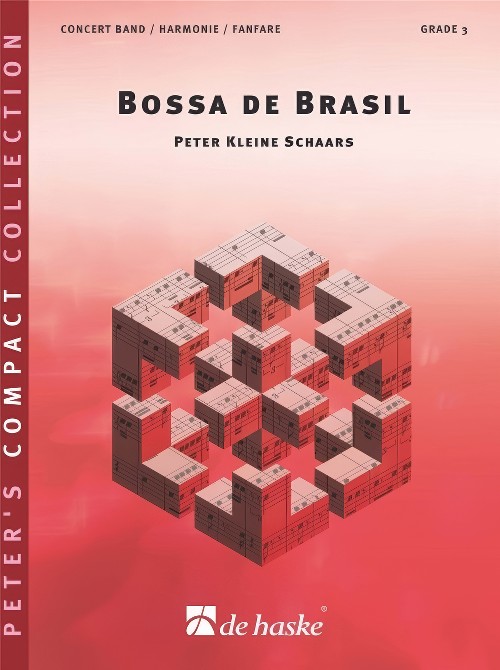 £60.99
£60.99Bossa de Brasil (Flexible Ensemble - Score and Parts) - Schaars, Peter Kleine
In late 1950s Brazil, a new music style influenced by jazz arose out of the samba: the bossa nova. This composition by Peter Kleine Schaars sounds just like a bossa nova should sound: catchy, warm, relaxed and with a touch of sensuality. Starting with a small group of players with only one soloist and minimal accompaniment, this bossa nova leads to a style-conscious grand orchestration for the whole ensemble, in which all voices participate equally. In addition to the rhythmic cells 2 and 4 of the Brazilian 2-4 clave, the cells 7 and 10 in particular are featured.Duration: 2.45
Estimated dispatch 7-14 working days
-
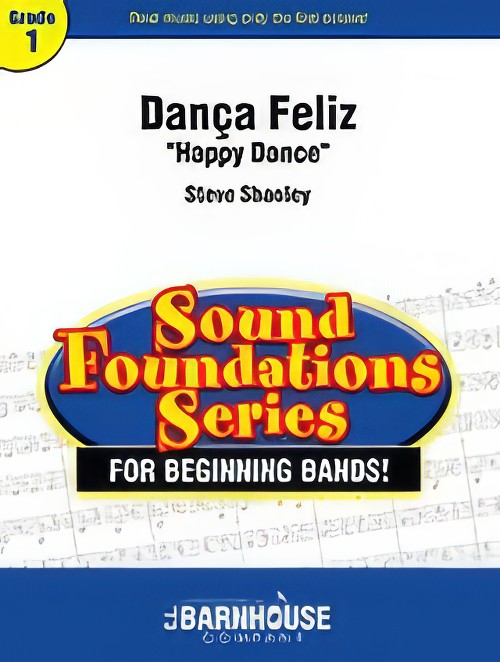 £45.00
£45.00Danca Feliz (Concert Band - Score and Parts) - Shanley, Steve
Teach your beginning band about traditional Brazilian culture with "Dan?a Feliz" (Happy Dance,) featuring fun melodies for all instruments, an infectious beat, and plenty of optional percussion parts. The annual Carnival festival in Brazil features parades led by "samba schools," and "Dan?a Feliz" will transform your band into a samba school for your next concert! Enjoyable music for all, and a great multi-cultural resource as well. Duration: 1.45
Estimated dispatch 7-14 working days
-
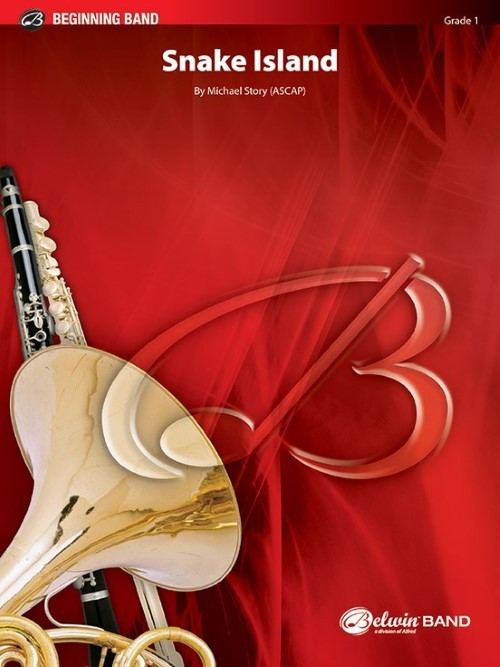 £52.95
£52.95Snake Island (Concert Band - Score and Parts) - Story, Michael
This perilous island just off the coast of Brazil is infested with so many deadly reptiles that humans are prohibited. An ominous introduction leads to a rhythmic musical exploration completely surrounded by water and camouflaged snakes that make their presence known. Slitheringly fun! Duration: 2:00
Estimated dispatch 7-14 working days
-
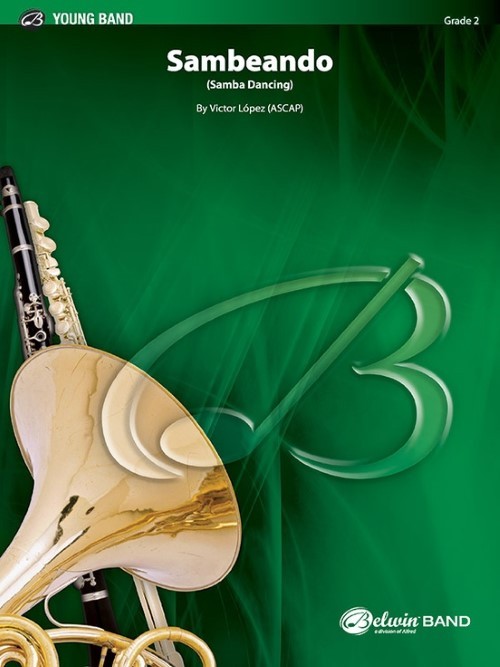 £60.50
£60.50Sambeando (Samba Dancing) (Concert Band - Score and Parts) - Lopez, Victor
Sambeando literally translates to "do the samba." Steeped in the musical traditions of Brazil, this composition by Victor L?pez is guaranteed to get your students musically excited and your audiences dancing in the aisles. Explore the exciting intricate rhythms and characteristic articulations for a tight performance. Host your own National Samba Day! Duration: 2.30
Estimated dispatch 7-14 working days
-
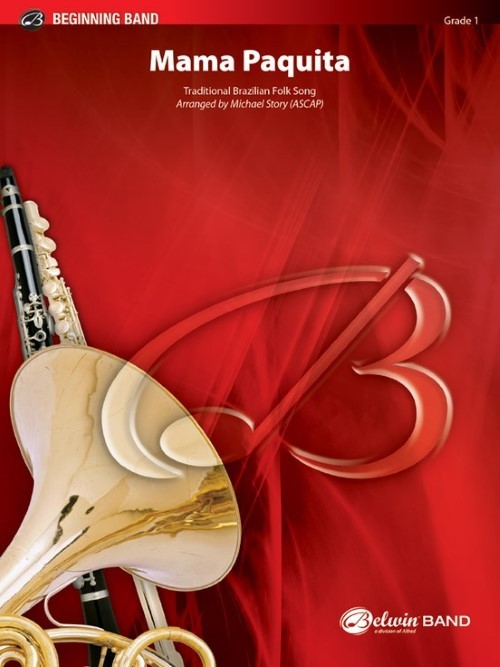 £51.50
£51.50Mama Paquita (Concert Band - Score and Parts) - Story, Michael
This bouncy and energetic traditional folk tune is popular in Brazil year-round, while closely associated with the Carnaval celebration leading to Ash Wednesday. A charming familiar tune with a delightful South American flavor will punctuate any concert program.Duration: 1:45
Estimated dispatch 7-14 working days
-
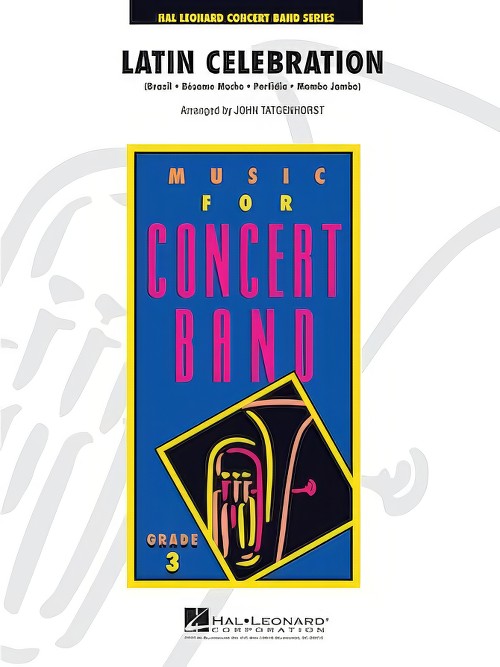 £64.99
£64.99Latin Celebration (Concert Band - Score and Parts) - Tatgenhorst, John
The fiery drive and rhythmic intensity of Latin music is brought to life in this medley of well-known classics. Featured are the tunes Brazil, Besame Mucho, Perfidia, and Mambo Jambo, all beautifully and effectively scored for concert band by John Tatgenhorst.
Estimated dispatch 7-14 working days
-
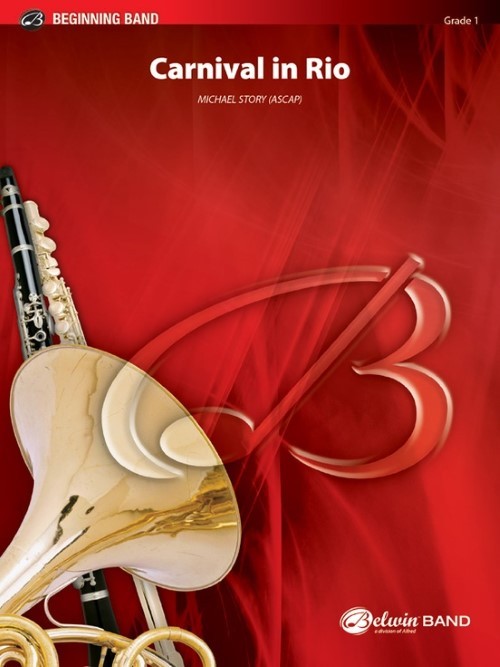 £50.50
£50.50Carnival in Rio (Concert Band - Score and Parts) - Story, Michael
Those of us who have not visited Brazil during Carnival must experience the wild celebrations through pictures, descriptions and, of course, music! Your percussion section sets up the South American rhythm and soon the winds add a spicy melodic line. This is the piece to play between the overture and march for needed contrast.Duration: 1.30
Estimated dispatch 7-14 working days
-
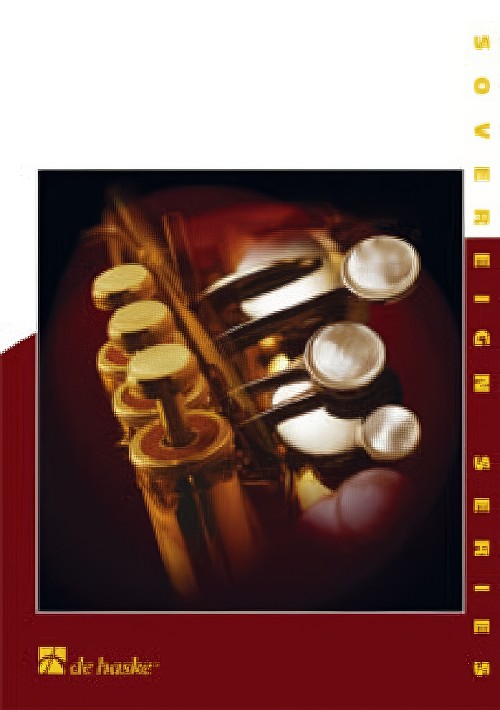 £179.99
£179.99Amazonia (Concert Band - Score and Pars) - Van der Roost, Jan
This major concert work consists of five movements:1st movement: La Laguna del Shimbe. Situated high up in the Andes mountains in Northern Peru are the Huaringas, a group of lagoons in isolated and mysterious surroundings. The water has healing powers and for centuries traditional healers have settled there in small villages. From far the sick come to the Huaringas to be treated in nightly rituals, in which the hallucinating juice of the San Pedro cactus gives the prophet a look inside his patient. The biggest lagoon is the "Laguna del Shimbe", one of the countless wells of the immense Amazon stream.2nd movement: Los Aguarunas. Further downstream in Northern Peru we come across the rain tribe of Los Aguarunas. It's a proud, beautiful and independent race, which has never succumbed to domination, not even from the Incas. They live from everything the forest has to offer: fish, fruit, plants... They also grow some crops and live as semi-nomads. They take their fate into their own hands and after having made contact with modern civilisation, they have integrated new elements into their lives without betraying their own ways.3rd movement: Mekaron. Mekaron is an Indian word meaning "picture", "soul", "essence". The Indians are the original inhabitants of the Amazon region. They either live in one place as a group or move around a large region. They all have their own political system, their own language and an intense social life. At the same time they are master of music and medicine. "Everywhere the white man goes, he leaves a wilderness behind him", wrote the North American Indian leader Seatl in 1885. As a result of these contacts with the whites, the disruption of most Indian societies began. (In this century alone, 80 tribes have vanished completely).4th movement: Ktuaj. This is the name of the initiating ceremony of the Krah tribe in the Brazilian state of Goias, in which young boys and girls enter adult life. They are cleansed with water, painted with red paint and covered with feathers, after which the ritual dance holds the entire tribe spell-bound.5th movement: Paulino Faiakan. In 1988 the Indian chiefs Faiakan and Raoni Kaiapo came to Europe to protest against the building of the Altamira dam in Brazil. As a result of the dam the Indians would be driven from their traditional land and enormous artificial would be created. The project was supported financially by, amongst others, the European Community. In February 1989 the Indian tribes around Altamira held a protest march for the first time in their history together. Amongst other things they paid tribute tot Chico Mendez, who, murdered in 1988, was the leader of the rubber syndicate and a fierce opponent of the destruction of the Brazilian rain forest. Brazilian and world opinion was awakened. The building of the dam was, albeit temporarily, stopped.Duration: 12:30
Estimated dispatch 7-14 working days
